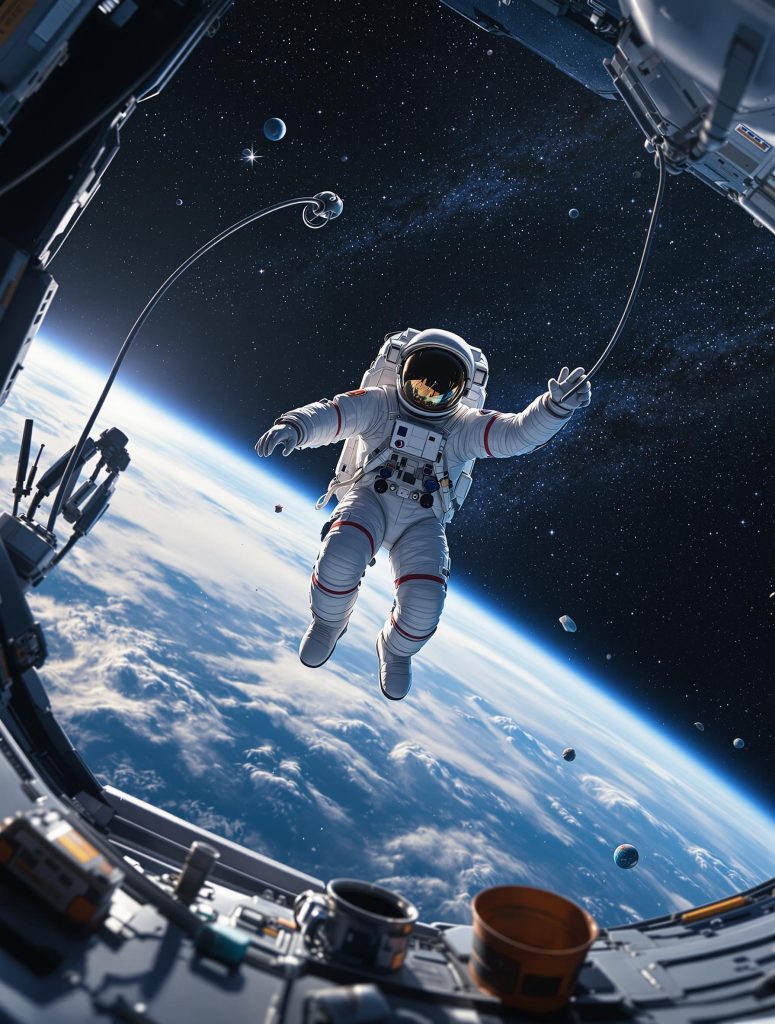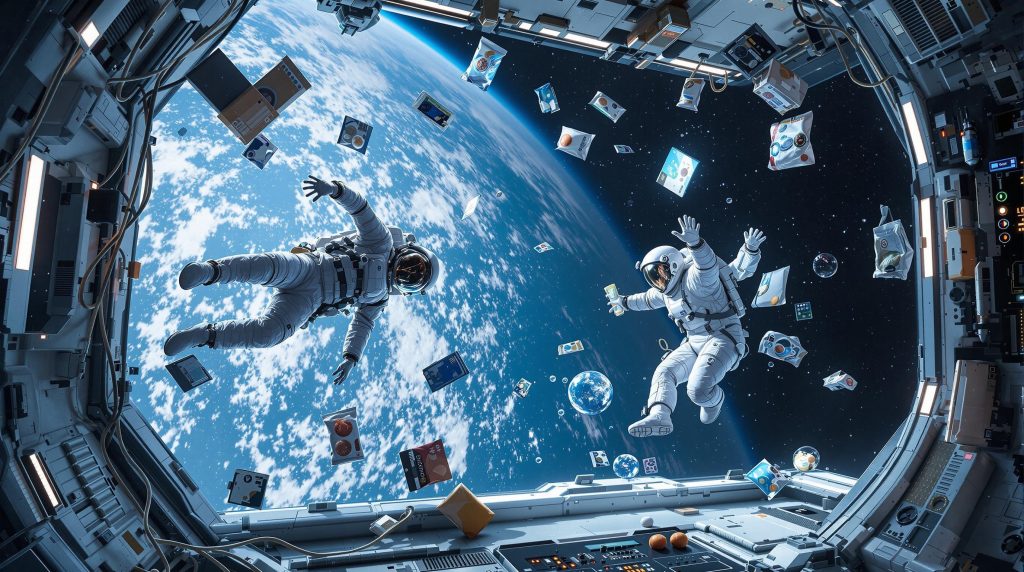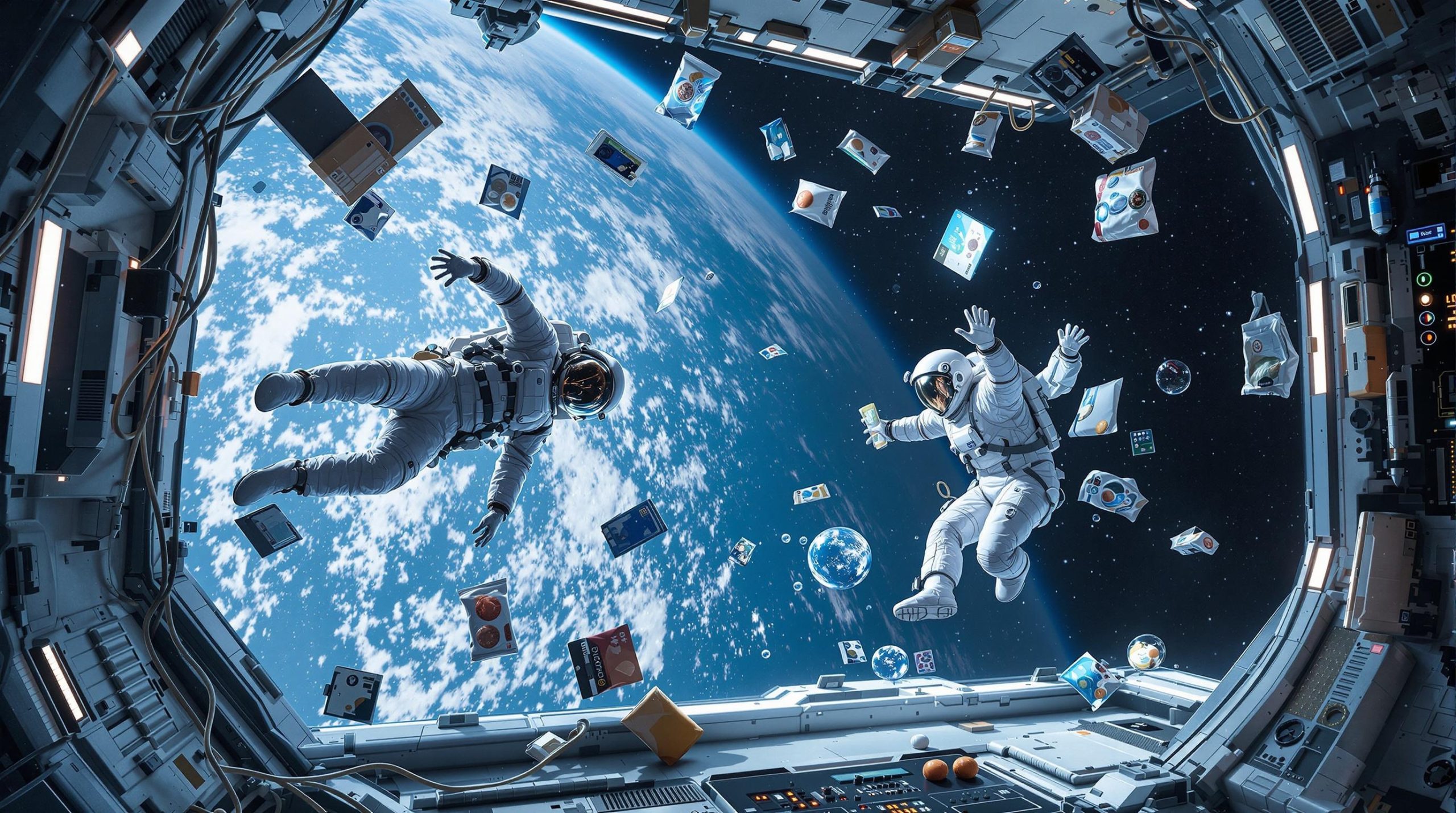When we think of space, one of the first images that comes to mind is astronauts floating effortlessly inside their spacecraft. This phenomenon, commonly referred to as zero gravity or weightlessness, is a fascinating concept that captures our imagination. But what exactly is zero gravity, and how does it work?
In this article, we’ll explore the science behind zero gravity, how it affects both objects and people, and why understanding this concept is crucial for space exploration. stay with Spaceyv
What Is Zero Gravity?
Zero gravity is a term used to describe the sensation of weightlessness experienced when an object or person is in a state of free fall. Contrary to what the name suggests, zero gravity doesn’t mean there is no gravity at all. In fact, gravity exists everywhere in the universe, even in the vacuum of space.
The more accurate term for zero gravity is microgravity. In microgravity conditions, the force of gravity is still present but significantly weaker, causing objects to appear as if they are floating. This occurs because both the object and its surrounding environment are falling towards Earth at the same rate, creating the illusion of weightlessness.

The Science Behind Zero Gravity
To understand zero gravity, it’s essential to grasp the basic principles of gravity and free fall.
- Gravity: Gravity is the force that attracts two bodies towards each other. On Earth, gravity pulls everything towards the planet’s center, giving us weight.
- Free Fall: When an object is in free fall, it is falling under the influence of gravity alone, with no other forces acting on it (like air resistance). If an object is falling at the same rate as its surroundings, it will experience weightlessness.
In space, spacecraft and their occupants are in a constant state of free fall around Earth. This is known as orbital motion. The spacecraft moves forward at such a high speed that as it falls towards Earth, the planet’s surface curves away at the same rate, creating a continuous free-fall state.
You Can Also Read More : Why Is Gravity Different on Other Planets?
How Astronauts Experience Zero Gravity
Astronauts aboard the International Space Station (ISS) experience zero gravity because the station is in low Earth orbit, traveling at a speed of about 28,000 kilometers per hour (17,500 miles per hour). This rapid movement means the ISS is in a perpetual free-fall state, orbiting Earth while its occupants float inside.
Despite the sensation of weightlessness, gravity on the ISS is only slightly weaker than on Earth. The difference is that both the station and everything inside it are falling together, creating the experience of zero gravity.
Effects of Zero-Gravity on the Human Body
Living in zero gravity has profound effects on the human body. Some of the most notable changes include:
- Muscle Atrophy and Bone Loss: Without the need to support their weight, astronauts’ muscles weaken, and bone density decreases over time. This is why astronauts must exercise regularly while in space.
- Fluid Redistribution: In zero gravity, bodily fluids shift towards the upper body and head, causing puffy faces and nasal congestion. This can also affect vision over time.
- Changes in Heart Function: The heart doesn’t have to work as hard to pump blood in zero gravity, which can lead to cardiovascular changes.
- Psychological Effects: The sensation of floating can be disorienting, and the confined environment of a spacecraft can lead to feelings of isolation and stress.

How Zero Gravity Is Simulated on Earth
Scientists and astronauts use various methods to simulate zero gravity on Earth for research and training purposes:
- Parabolic Flights: Aircraft like the “Vomit Comet” fly in parabolic arcs, creating short periods of weightlessness at the peak of each arc.
- Neutral Buoyancy Pools: Large swimming pools, such as NASA’s Neutral Buoyancy Laboratory, allow astronauts to practice spacewalks while suspended in water, mimicking the feeling of floating.
- Drop Towers: Objects are dropped from significant heights in specialized towers, creating brief moments of free fall and weightlessness.
You Can Also Read More : How Do Rockets Work? A complete guide on 2025
The Importance of Understanding Zero Gravity
Understanding zero gravity is essential for several reasons:
- Space Exploration: Knowledge of how zero gravity affects the human body helps in designing life-support systems, exercise equipment, and medical protocols for long-duration space missions.
- Scientific Research: Microgravity provides a unique environment to conduct experiments in physics, biology, and materials science that are impossible to replicate on Earth.
- Technological Innovation: Insights gained from zero gravity research have led to advancements in medical technology, materials engineering, and fluid dynamics.

Conclusion
Zero gravity, or more accurately microgravity, is a captivating phenomenon that plays a crucial role in space exploration. While it might seem like a simple concept of floating in space, the science behind it is complex and deeply intertwined with our understanding of gravity and motion.
As we continue to push the boundaries of space travel, understanding how zero gravity works will be vital for ensuring the health and safety of astronauts and unlocking new scientific discoveries. Whether it’s training astronauts, conducting groundbreaking research, or developing new technologies, zero gravity remains a key piece of the puzzle in humanity’s quest to explore the cosmos.



